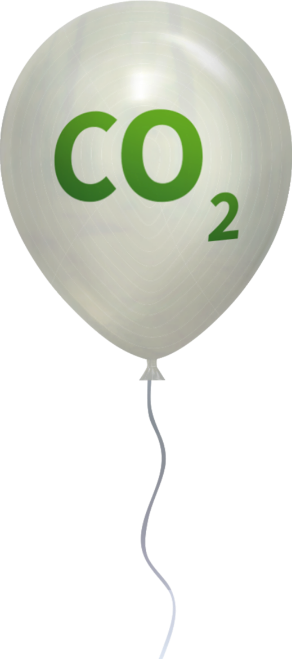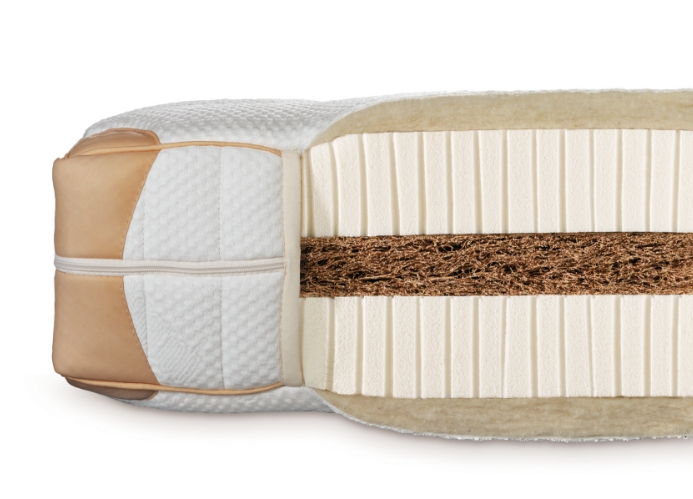Save 15,300 balloons full of CO2?
You can do this by sleeping on a natural latex mattress
How the natural materials in the dormiente products can help you improve your ecological footprint
We can improve our air quality by using fewer fossil fuels, producing fewer plastics and by instead replacing them with natural materials grown in an ecological and sustainable manner. And there are many more ways we can help to limit climate change: for instance, we can aim to not only produce less CO2 but to actively help capture excess CO2. In the following you will find out how this works and how much CO2 you could be saving.
The Climate Advantage of Natural Products: renewable raw materials clean the air by capturing CO2
Plants need CO2 to stay alive. They remove CO2 from the air and – with the help of the sun’s energy and water – transform it into glucose and oxygen. The oxygen gets released back into the atmosphere and enables other living beings to breathe. Glucose (C6H12O6), on the other hand, is a type of sugar and primarily serves as food for the plant so it can grow. Plants use this to produce any of their secondary substances. Carbon (C) is therefore present in sunflower oil as much as in wood and in latex sap, the latter being used to make our mattresses.
So how much CO2 is in natural latex?
Following comprehensive bio-chemical accounting one can conclude that 1kg of natural latex can capture 3kg of CO2 from the air. This means that one of our natural latex mattresses can capture about 75kg of CO2. As it is hard to visualise invisible gases such as carbon-dioxide we have tried to illustrate the amount captured using 2 more straightforward examples:
By choosing a dormiente natural latex mattress you are saving as much CO2
… as fits in 15,300 balloons.
1 kilogram CO2 can inflate about 204 regular* balloons. One dormiente natural latex mattress therefore captures enough CO<sub>2</sub> to fill about 15,300 balloons.
… to run your washing machine 365 times Just to put this into context: a 2-person household uses the washing machine on average 140 times a year, whereas a 4-person household uses it about 211 times a year**.
Not only our mattresses can capture CO2. Other natural bedding products also help to protect the climate.
Not only natural rubber trees capture CO2, it is also captured by other plants such as organic cotton, hemp and seagrass. These are some of the plants we use to manufacture our products, e.g., when we are making bedlinen. Using these natural raw materials ensures that overall our natural latex mattresses have a negative carbon footprint, i.e., they absorb more CO2 from the atmosphere than they release.
Saving the climate in your sleep? You can, with bedding made from natural materials.
By capturing excess CO2 we are contributing to the protection of our climate. Natural materials play an important part in this because plants can absorb and trap CO2. By using these plant materials in our bedding products, e.g., our natural latex mattresses, we can capture CO2 and purify the air. Thus, by choosing sustainable and natural bedding products, you can help protect the climate in your sleep.
Just out of interest, what happens when the old mattress has to go?
The carbon C that is trapped in a natural latex mattress will be released as CO2 when the mattress is disposed of. This usually happens in a controlled environment such as a waste incinerator with filtration. During this thermic process (incineration) only the amount of C is released back into nature that was originally captured by the rubber tree as a result of photo-synthesis.



